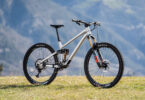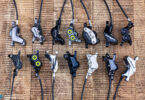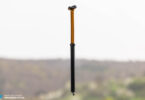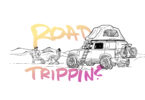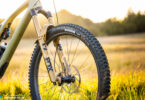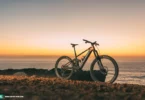We follow amateur rider, Gareth Rose, as he prepares for the race of his life: the 2016 Trans-Provence. After Gareth walked us through his training for the event, this episode is all about his gear choice. What does he carry during the long days of the tough race and what bike will he be racing on?
The Trans Provence is a big race in every sense, apart from perhaps the number of people taking part. On such a large scale ride, choosing the wrong equipment is like driving a car without a windscreen. The car might still work, but the consequence is going to be uncomfortable, turning your drive into a pretty grim experience, and leave you cold and shivering.
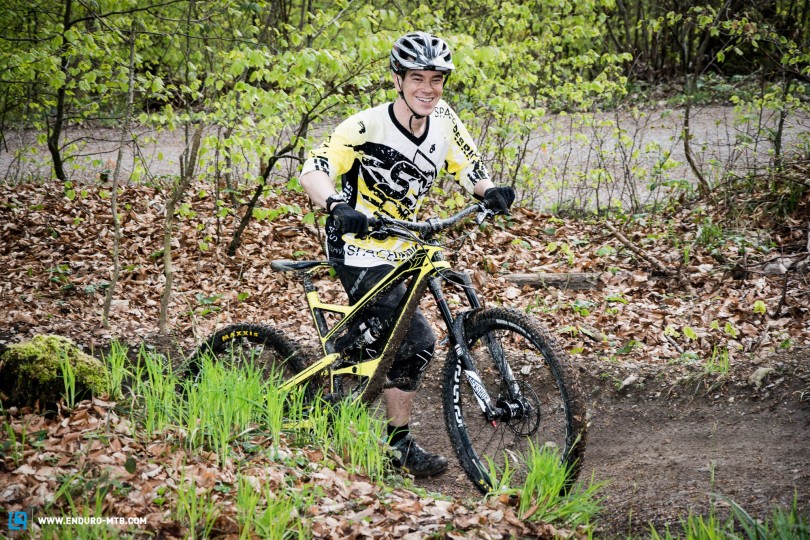
I am in the luxurious position of being able to choose all of my gear. Without any equipment sponsors, my decisions and choices have been driven exclusively by what I want to use, and what I am willing to pay for. There are indeed performance gains to be made, in some cases nominal increases, by paying a hell of a lot more cash, for a marginally better bike or gear. Like a wizened old sage on the side of a mountain, I declare my principles of TP equipment choice:
- Is it something I am willing to drag up and down the Alps under my own steam?
- Does it have a good chance of making it through the event?
- Performance value: is great performance present, without a premium price?
Bike Choice
The essential one. And the most impactful decision. Something strong, fast, that can be pedalled for hours at a time, then raced down a mountain. An abundance of choice is out there. Having gone without an Enduro bike for the final third of 2015, owing to cracking a frame, and neglectful customer service leaving me stranded, ensuring that I would still have a bike to ride come race week was the priority.
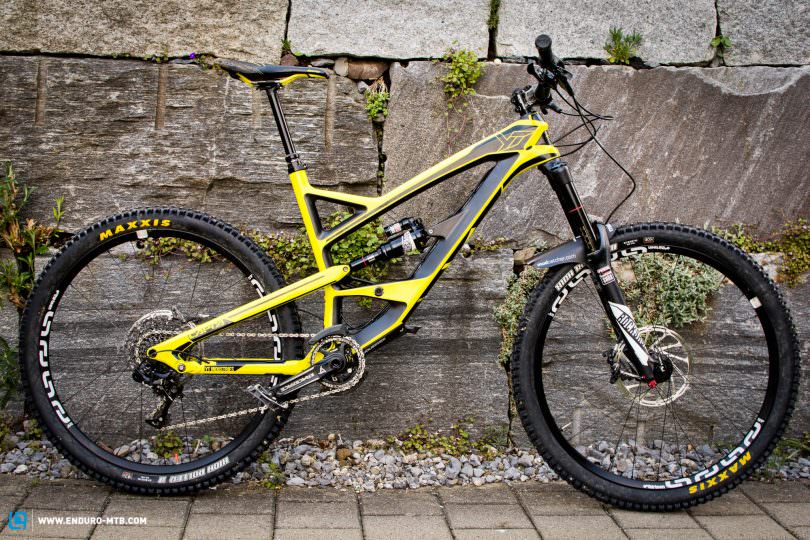
My choice? One of the most acclaimed enduro bikes of recent years: YT Industries Capra, in the CF Comp model. This is a decent pedaller, comes in at a reasonable weight, and boy it is fast! The rather long reach of 443 mm in size large means it will be stable, and comfortable on long climbs. The suspension tune works well, and the Rockshox Lyrik, setup with 3 bottomless tokens gives the progressive ride I favour which balances grip, and the ability to pump the ground for speed. A good, trusted friend has been riding a Capra for a few years and has had a couple of issues. He has always been able to get these issues solved smoothly, and efficiently. Having previously owned a Tues downhill bike, and my wife’s 2010 YT Wicked still hanging in the cellar, despite time in Whistler, and all over the Alps, YT is a brand whom I have grown to trust.
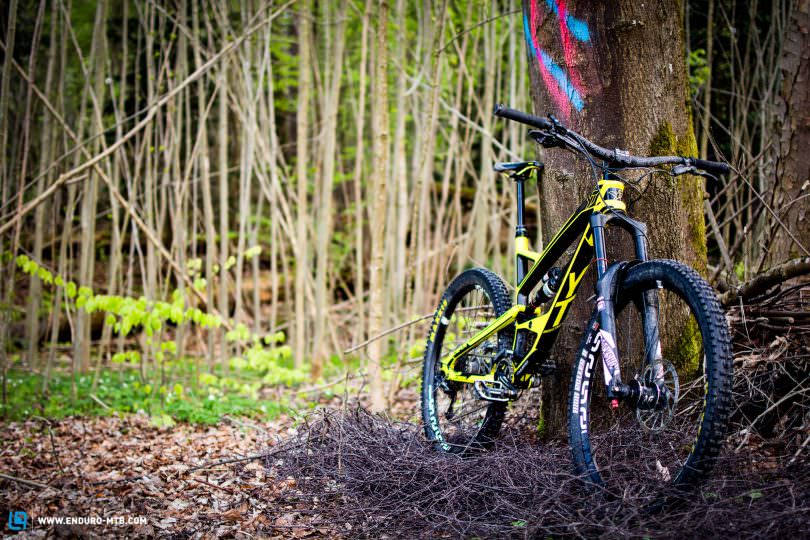
And why the did I pick the Capra Team, essentially the cheapest priced of the carbon fibre models? Having been in panic mode days before previous races to source and replace parts, I know that these last minute desperate efforts and late nights in the workshop are misplaced energy and avoidable stress. My Hardtail, a beautiful (if hardtails are your thing) Stanton Switchback Ti, has been my winter training bike and is my everyday go-to bike for local trail riding. The Stanton and its parts have never missed a beat, in over 1300 km of riding. The Capra Team has a very very similar spec to my Switchback Ti. Meaning, I know these components are strong enough for me, at least at Hardtail speeds. If there should be a mechanical problem close to the event, then I can swap parts from the Stanton Switchback Ti to YT Capra CF Team.
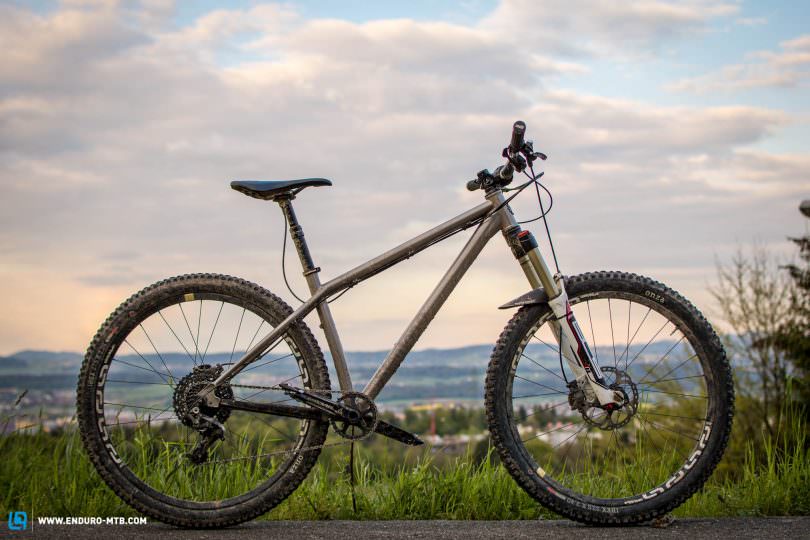
My riding style tends to show weaknesses in wheels and bottom brackets. Until my recent cracked frame, the last frames and forks I had sent to an early grave were in 2003, so I expect this was a one-off issue. To know both bikes are running e13 trs+ wheelsets, 11 speed SRAM, and race face cinch bb and crank sets means no late-night fitting new components that I have bought at the last second. I plan to run the Capra straight from the box, albeit run tubeless, with a mudguard, and perhaps change the grips.
Clothing and Protection
The comfiest shorts I have ever used are Royal Hextech. Although as long as the material is light, and they are generously cut for my ‘sprinter’s’ bum’, then I am happy. The Hextech waist closure loops don’t allow the shorts to come undone, and they sit on the hip, without clinging to the waist. Made of ‘hextec’ fabric, they dry quickly. I shall use these with an Endura 8 panel chamois liner (and butt-rub!) also taking some Endura MTB 500 waterproof shorts in case weather turns very bad, so their lack of significant warmth shouldn’t be a problem.
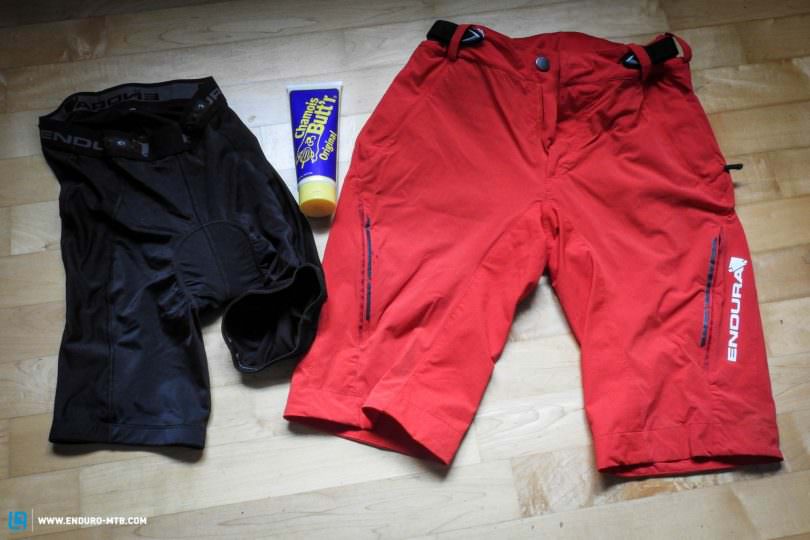
Endura’s no-nonsense workhorse attitude to their products means they make a couple more appearances in my kit: the old version of the MTB 500 jacket has kept me dry and comfortable on the top of mountains in stormy weather in the past and goes with me on nearly every ride, and the “baa baa” Long.-sleeve Merino is truly wonderful home comfort; like it is giving out free hugs when the weather is rough, or to change into back at camp. Gloves will be Specialised Enduro- the only gloves, used almost daily, to have survived a whole season of abuse with minimal wear- my record is three seasons for one pair, although the latest touchscreen compatible version seem to be dropping rubber after just one month, so this may yet change.
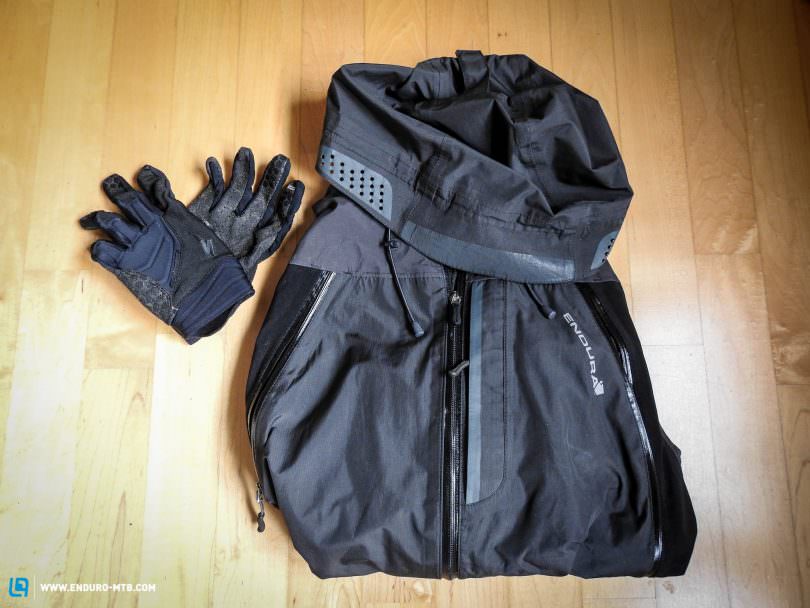
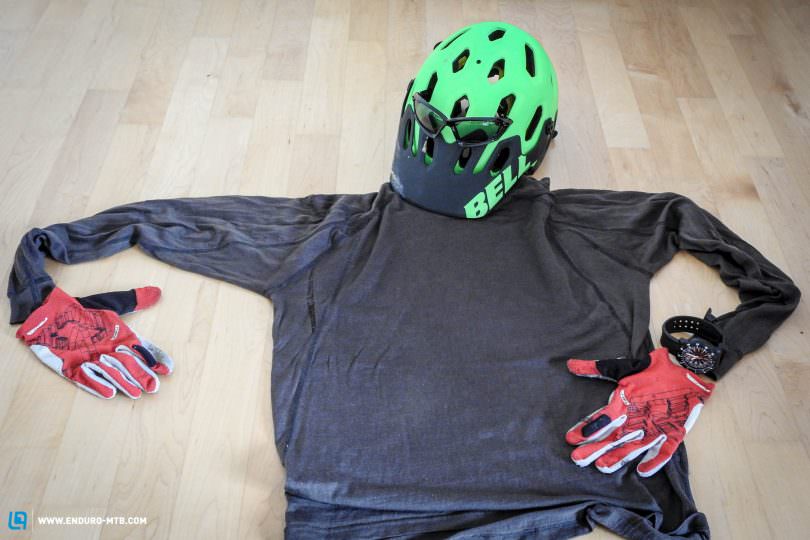
Unfortunately for an event partly renowned for its climbing, I am a flat pedal rider. I have played around with clipless pedals on and off through the years, from racing DH, to commuting. However, four years spent mostly riding dirt jumps from the late 90s until early 00s has left a flat pedal legacy.
If I can become happy riding clipless by early June, the I’ll be using Mavic’s Crossmax shoe, if not then it’ll be the trusty Five-Ten Freerider. The Mavic offers a good balance of stiffness for pedalling, arch support, and a practical sole for arduous hike-a-bikes. Footwear effects me greatly: since a big crash on a Swiss mountain five years ago where I ruptured most of the ligaments in my ankle, and suffered compound fractures in a few places, I have experienced pins and needles and a dulled sensation down half of my left foot which seems to be brought on by some footwear. The Mavic will be with me on some long day rides before the event to test them out.
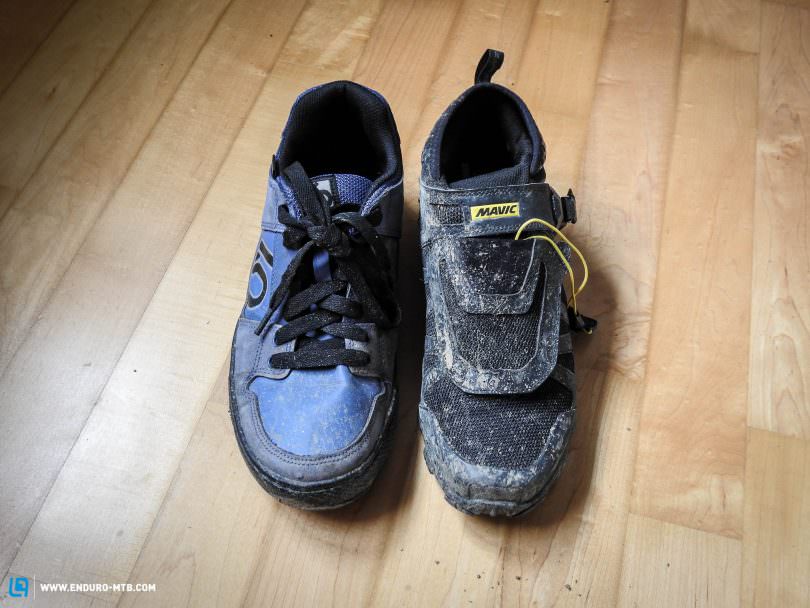
I usually use a 661 d3 soft shell type of knee pad for trail riding, and use full leg protection when riding bike parks. However for the high speeds, and the rocky terrain of the TP I need more protection than the soft shell offers, and greater comfort and mobility than presented by the full-leg options. I have gone for more protection than I usually might, as a knee injury could put a stop to my whole week. YT’s Shit Bumpers, with low weight, and tough as concrete construction look like they’re up to the job!
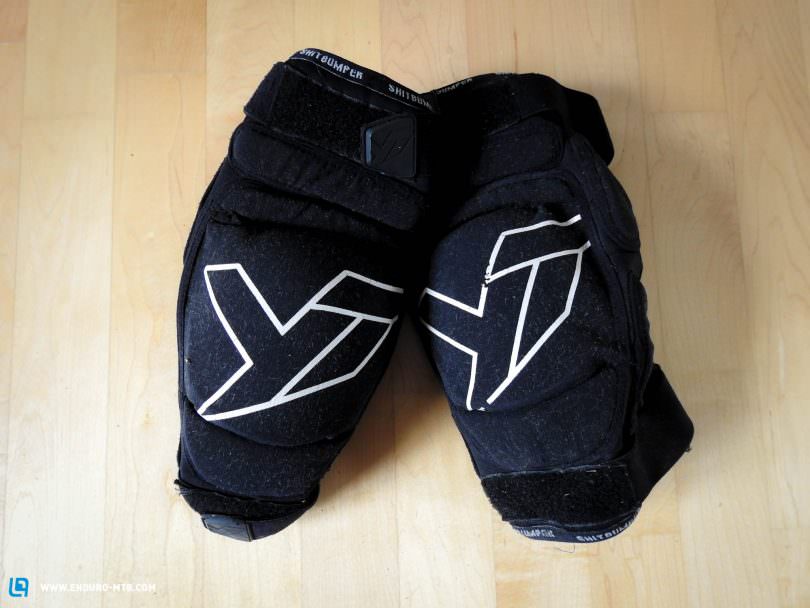
Whilst I know the benefits of elbow protection first hand, I have not found any elbow protectors which do not significantly worsen arm pump for me. Last time I raced with elbow guards, they restricted blood flow in my arms during qualification so much that I was a complete passenger only half way down the track. I will surely be battling arm pump on the timed stages anyway so acknowledge the risk I am taking in neglecting to ride with these.
Trail pack and contents
I prefer to ride with as small a pack as I can get away with. Like cats and dogs, some packs and I just do not get on- my chin out riding position puts my head back on my shoulders, and some packs sit too high and get in the way, regardless of efforts to adjust them into compliance. The Osprey Escapist sits, low and flat on the back. Keeping the water bladder separate from other compartments means there is less danger of soaking the entire bag when filling it from streams or other rustic water sources.
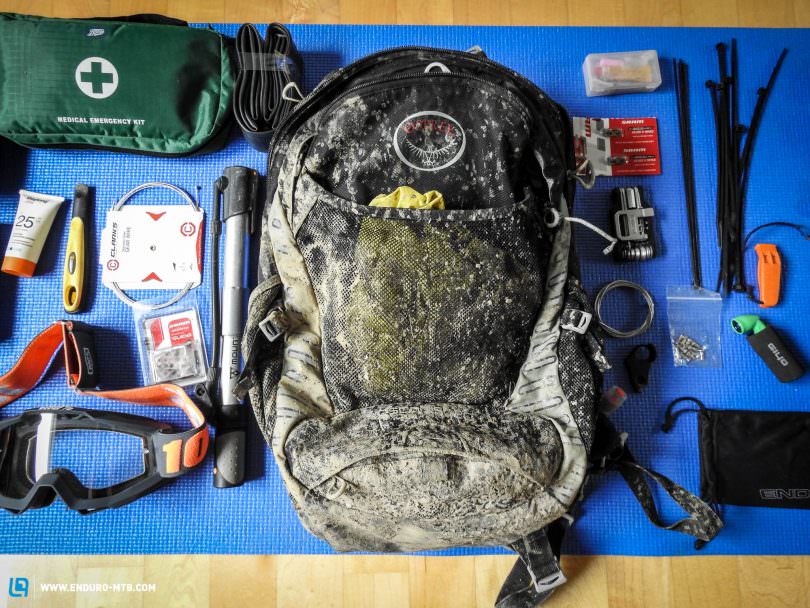
Inside will be a 2.5 l bladder, Pedros multitool, Topeak minipump, mini CO2 inflator and canister, spare tube, spare gear cable, breakaway derailleur bolt, dérailleur hanger, power links, spokes, first aid kit, jelly beans, energy gels, caffeinated soluble powder, my wife’s flapjack, and a packed lunch.
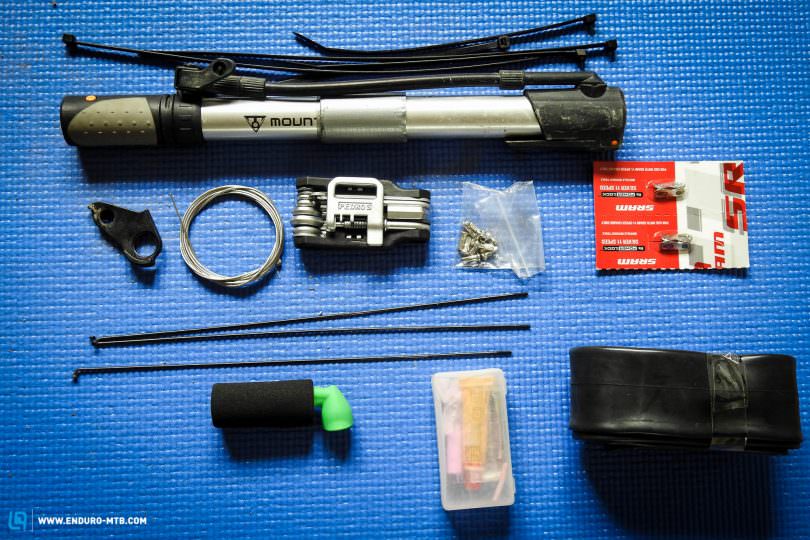
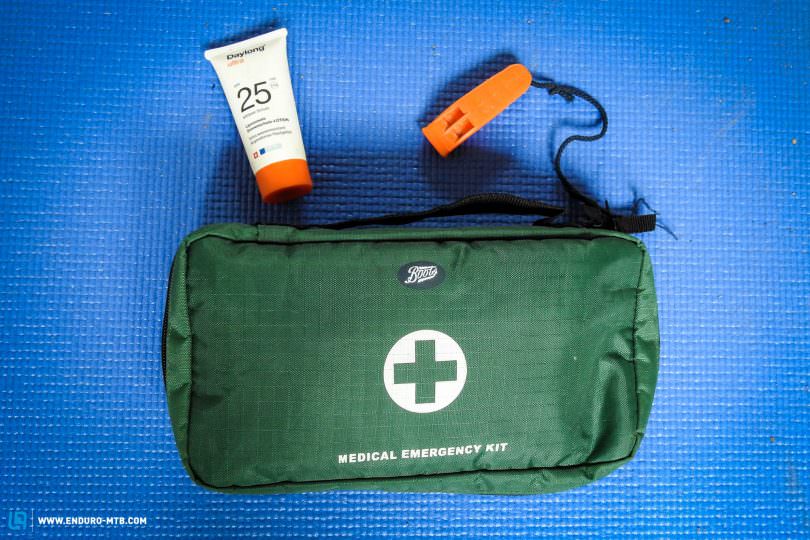
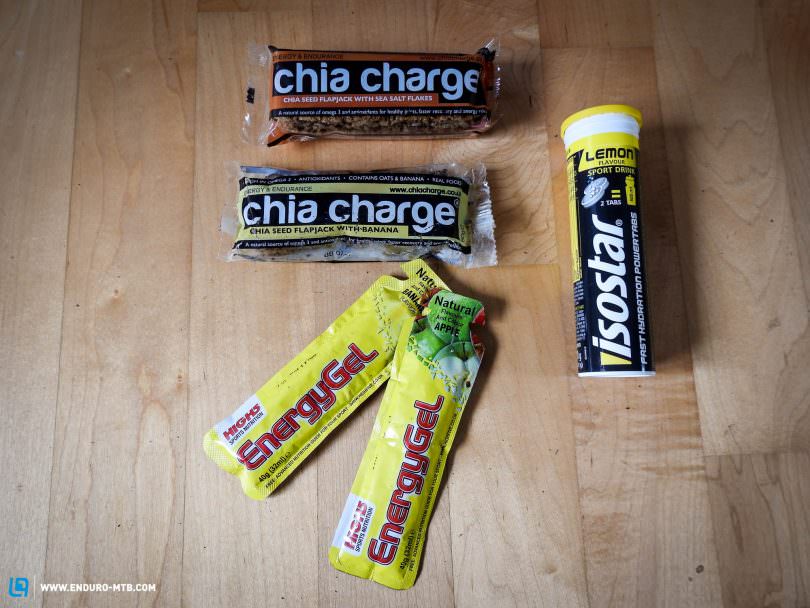
Time will tell how these choices stand up to six days up and over the provincial Alps. Whether I am standing proudly next to my bike at trailheads and mountain peaks, like a proud mountain explorer, or stuck half way up, or down, a hill, frustratedly cursing dragging around a 2.4″ rear tyre remains to be seen.
There comes a point where one needs to acknowledge that the tool is up to the job, as long as the engine, and it’s performance management systems can get it through. The equipment I choose must strike a compromise between comfort and ease of going up the hill, and performance and durability when coming down.
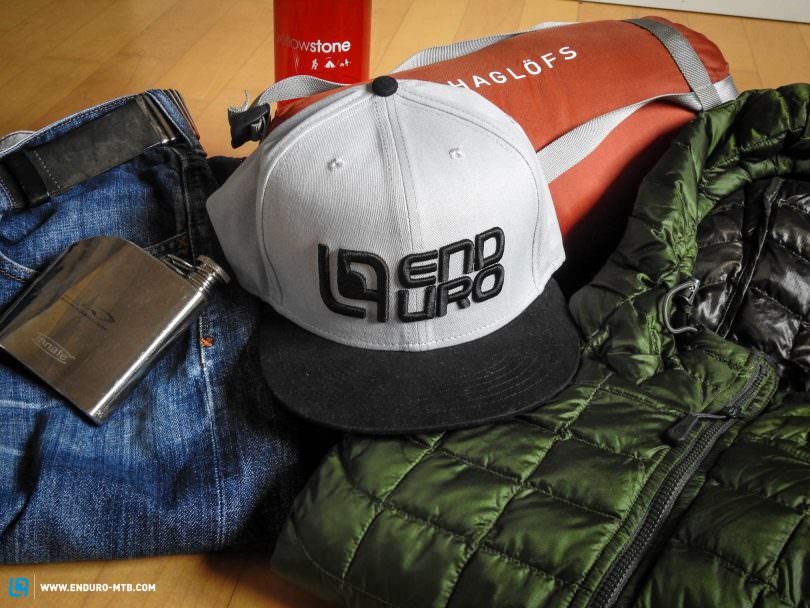
Bikes and equipment have come on so far in the last few years that the main factor determining success or failure should be in the hands of the rider – my fitness, and abilities to look after myself and ride the bike in this terrain.
Like the sound of a Prime Minister’s dodgy offshore investments coming to light: click, click, wobble, fall: perhaps the harmonious sounds of learning to be happy whilst riding clipped in will be key to making it up the climbs. Whatever I finally choose, I am setting myself up for a great week, where my goals are to make it through every day and enjoy the experience which is what the Trans-Provence is really all about.
We will continue to follow Gareth along his path of preparation, stay tuned for future episodes. In case you missed the first two episode, you can read them here:
How to train for the Trans-Provence as an amateur
How an average rider prepares for the Trans-Provence
Did you enjoy this article? If so, we would be stoked if you decide to support us with a monthly contribution. By becoming a supporter of ENDURO, you will help secure a sustainable future for high-quality mountain bike journalism. Click here to learn more.
Words: Gareth Rose Photos: Phillip Holmes


